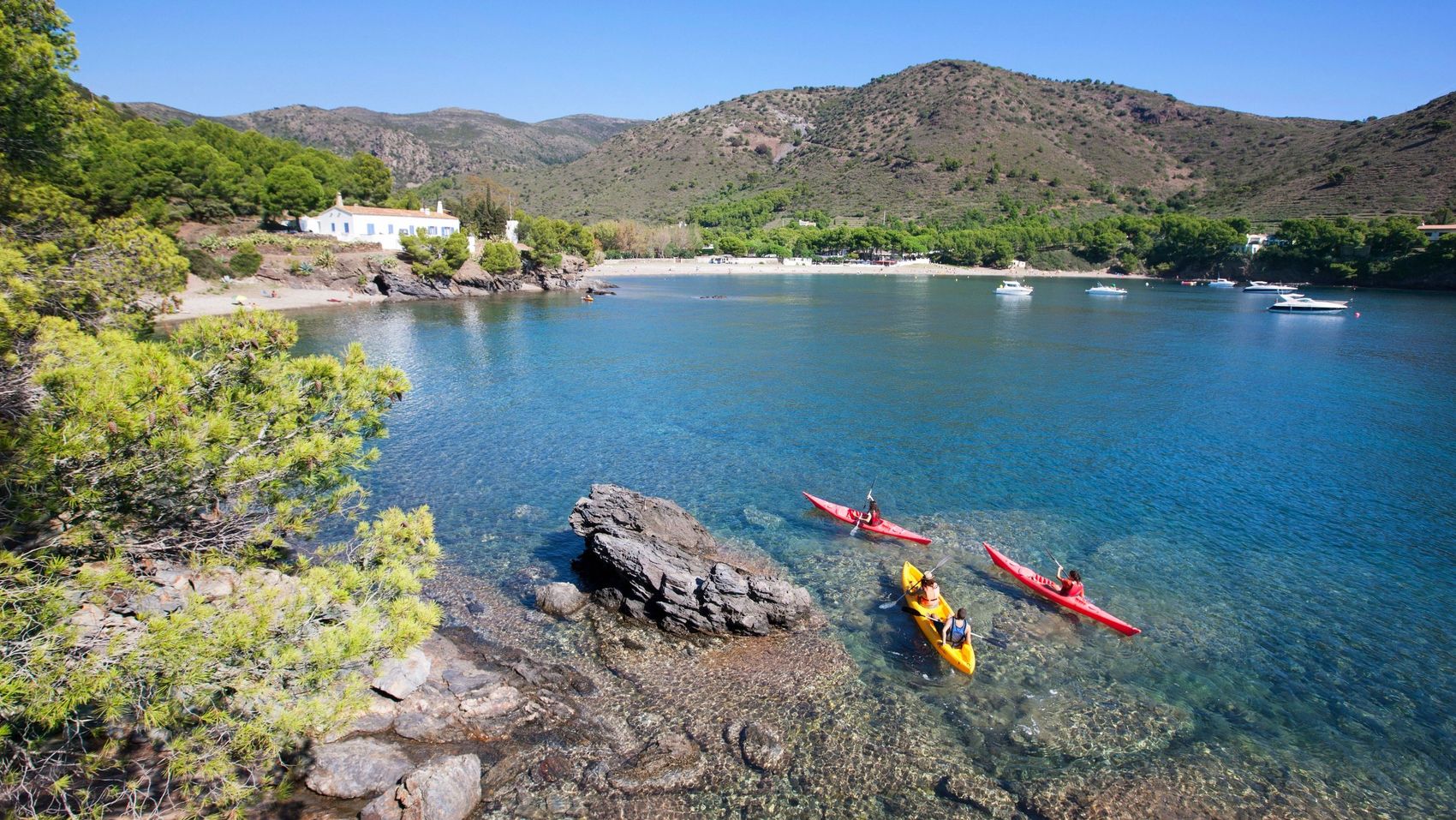This roadmap conceives of transition as a long-term and iterative process. In EmpowerUs it became increasingly clear to participants, that the ‘impacts’ and ‘empowerment’* of a project cannot be fully assessed over a short timeframe – e.g. a 3-year project. Nor can it be assessed in isolation from other change processes going on in and around the community ‘pulling’ in the same or opposite directions. However, the notion that even small projects and incremental changes to participatory processes have the potential to spark and support systemic changes is strong. The key is to keep momentum going. The arrow from stepping stone 6 back to stepping stone 3 indicates that when one ‘project-cycle’ is complete the community can continue working together to shape their futures by building on the experiences and social capital now established to create new or additional ‘transition mechanisms’ at stepping stone 3.
When this step 6-to-3 arrow ‘works’ we can begin to consider the lasting impact of a collaborative process on coastal community transition. Moreover, in going back to stepping stone 3, it is because something is set in motion that has staying power beyond a single project – this can be called empowerment or local capacity or social capital. It is important to not forget steps 1 and 2, but they do not need to be completely reinvented. Stepping stones 3-5 remain critical and aim for building more inclusive processes. But coastal communities now have a ‘stepping stone’ from where they can re-convene. From here, coastal communities have resources, visions, participants and knowledge they can use to communicate – to themselves and to external supporters and funders. Coastal communities can communicate that they are indeed already deeply engaged in taking control over their own ‘transitions’. The stepping stone model has become a guide for how to keep momentum going; bringing the participatory process of transition deeper and further through each cycle completed.
For further elaboration of the iterative process and how single projects can feed into a coastal community’s long-term transition strategy, we refer to the strategic tool of ‘Tailored Empowerment Programmes’ as they were initially visioned for the Transition Coastal Labs* in EmpowerUs (See page 12 of Deliverable 4.2, explaining the 'What', 'Why' and 'How' of TEPs). Træna’s ‘Hooked on Træna’ is a concrete example of a wider programme that can guide for future project engagements. The Cape Dolos strategic development plan developed by the EmpowerUs TCL in Cyprus is another example.
